It may not sound that glamorous (and it isn’t), but keeping an eye on your property’s drainage can help avoid some major issues down the line. It’s not just the fact that slogging through wet grass can make a muddy mess. Maintaining proper drainage on your property can also help your foundation last longer and avoid potential structural issues. Follow these 6 tips to improve your drainage and better maintain your home.
Regrade Around Your Home
Our first tip is the most obvious. When most houses are built, construction companies will level the area for the foundation, then slope the surrounding dirt away from the homesite. This allows for “positive drainage” away from the home. If the builder’s original slope around your home isn’t doing its job anymore, it’s time to regrade. You don’t have to operate earthmoving vehicles in order to do this. A wheelbarrow, shovel, metal rake, and a free weekend are all it takes.
You can order various types of
topsoil and dirt from your local garden supply store or landscape supply
company. Distribute the soil evenly around your home, and use your metal rake
to ensure the slope is directing water away from your foundation. Depending on
the size of your home, this could take a while, but it’s well worth it in the
long run.
Extend your Downspouts
Our next tip is a quick fix: extend
your downspouts. Make sure your home’s downspouts direct water far enough away
from your home so it doesn’t flow back to the foundation. If it starts to
create a small gulley in your yard, add some drainage rocks to disperse the
water and boost curb appeal. Downspout splash blocks will also help disperse
water and prevent yard erosion.
Collect Rainwater
Instead of trying to redirect all
the rainwater hitting your roof, install a rainwater collection system under
some of your downspouts. Imagine if all the rain that hits your roof never
makes it into your yard – that’s what collection systems do. The simplest type is
a collection barrel underneath some (or all) of your downspouts. Collection
barrels generally have a spigot towards the bottom so you can make use of all
that rainwater.
What do you do with all that stored rain? Water your potted plants, your garden, or your lawn. It may take a few trips, but you could wash your car with it. My choice: grab a 5-gallon bucket and some soap, and use that water to clean your grill before you start using it for the season.
Add a French Drain, Drain Boxes, or Dry Well
For more level yards where the water
doesn’t naturally flow off the property, it’s time to dig. This solution is
ideal for level areas of your yard that don’t drain quickly on their own. If
there’s an area of your property that’s lower, you can use a french drain or
drain box to redirect water through an underground pipe.
Drain boxes are small grates
installed at the lowest point in your problem area. Water flows into the grate,
then a pipe will redirect the water to a lower point on your property.
French drains are similar. They work
by water seeping into a perforated pipe that redirects the water away from your
property. These don’t work as well on clay soil since water doesn’t travel
through clay as well as other soil types.
Lastly, you can use a Dry Well if
there’s no lower point on your property. A Dry Well is a perforated tank that
holds the runoff water. It slowly releases water underground. Typically, these
are installed beneath the first layer of soil. If you need to install a Dry
Well, plan for an extra day of digging.
Prevent Hillside Erosion with Plants
If you’re at the low point for a
hill or slope, preventing erosion on those slopes is your first line of
defense. Over time, water will create channels, which encourage the water to
flow on top of the soil, rather than seep down into it. This means water in those
channels will continue to add to any low-lying, swampy areas.
Plants are the best option to
control hillside erosion. You’ll want to look for drought tolerant plants since
hillsides don’t usually retain water the way level ground does. Complex or
extensive roots systems help hold the topsoil in place. Lastly, broad leaves or
at least dense foliage will keep heavy rains from compacting the ground. Here
are my top choices:
- Creeping Juniper.
These are drought-tolerant and low maintenance, making an ideal choice for
hillsides. They love full sun, but make sure to water them during their
first year so the root system develops properly. - Creeping Myrtle.
Another drought-tolerant, low maintenance plant. However, this one is a
great option for shady hills. - Creeping Phlox.
Sensing a pattern? This ground cover plant only grows about 6-inches high.
If you have a hillside full of this, get ready for a spectacular spring
flower show! - Ferns.
Best for wet and shady hills, these will help pull up water from the
ground so it doesn’t flow into the rest of your property. - Ornamental Grasses.
This is more a general family of plants, but their tough root system and
resistance to the heat make them a fantastic choice.
Build a Rain Garden
If you can’t beat ’em, join ’em. Depending on your landscaping, you may consider growing a rain garden. Rain gardens take that soppy, messy area and make use of it! Not only does this solve your drainage issues, but it creates a beautiful landscape feature at the same time.
The goal is to add water-loving plants in the area where you’re having drainage issues. Enough of these will take care of swampy areas on their own. Make sure to give your rain garden a nice hardscape border so it appears more intentional in your landscape. Sedge, hosta, foxglove, forsythia, and lavender are some of my favorite choices for rain garden plants.
Drainage as Defense
Remember, each of these are part of
your defense against potential foundation and structure issues. Too much water
next to your house can cause some serious issues down the line. Too much water
in your yard, that’s a muddy mess that we can fix. Take a few of these tips to
improve your drainage working together, and you’ll have a defense for your home
that doubles as beautiful and useful landscaping.
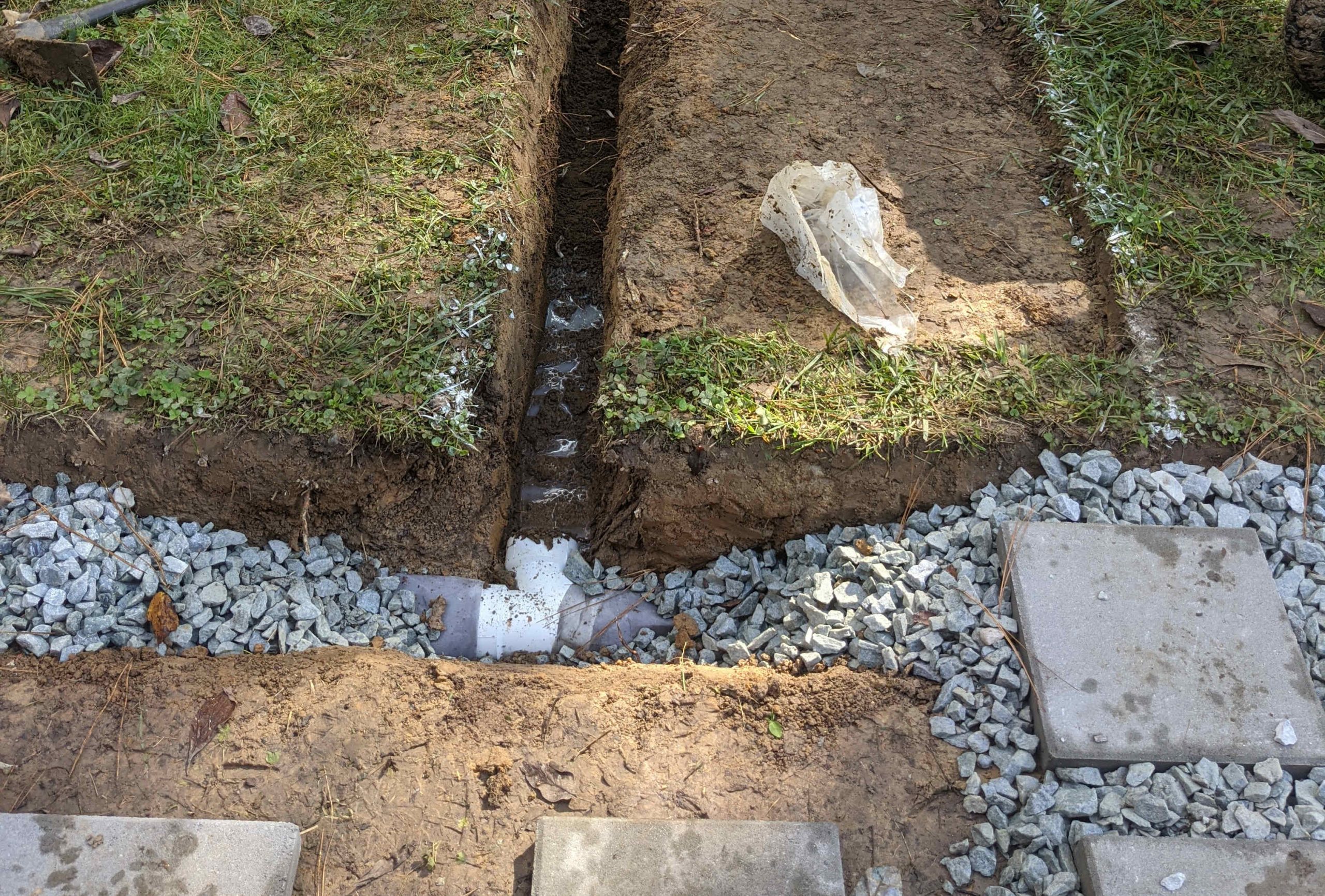

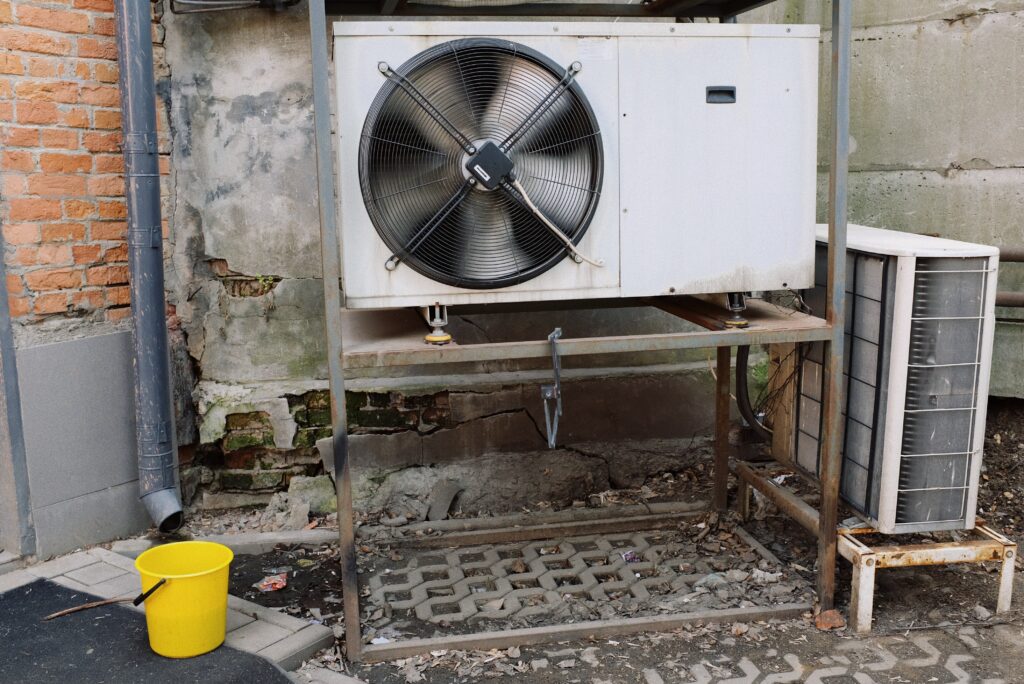
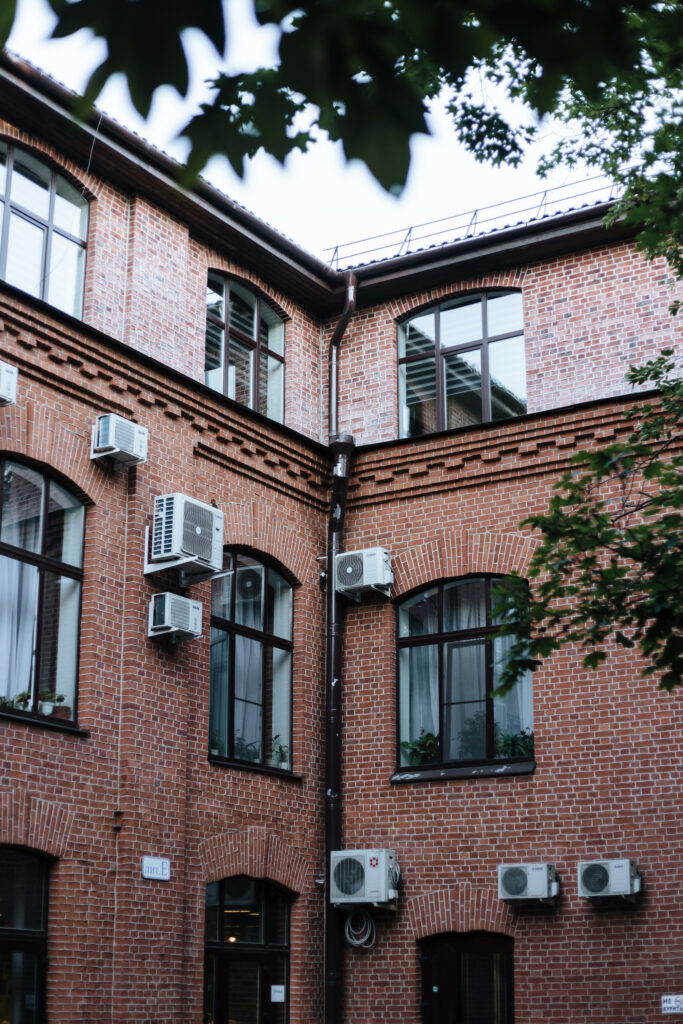
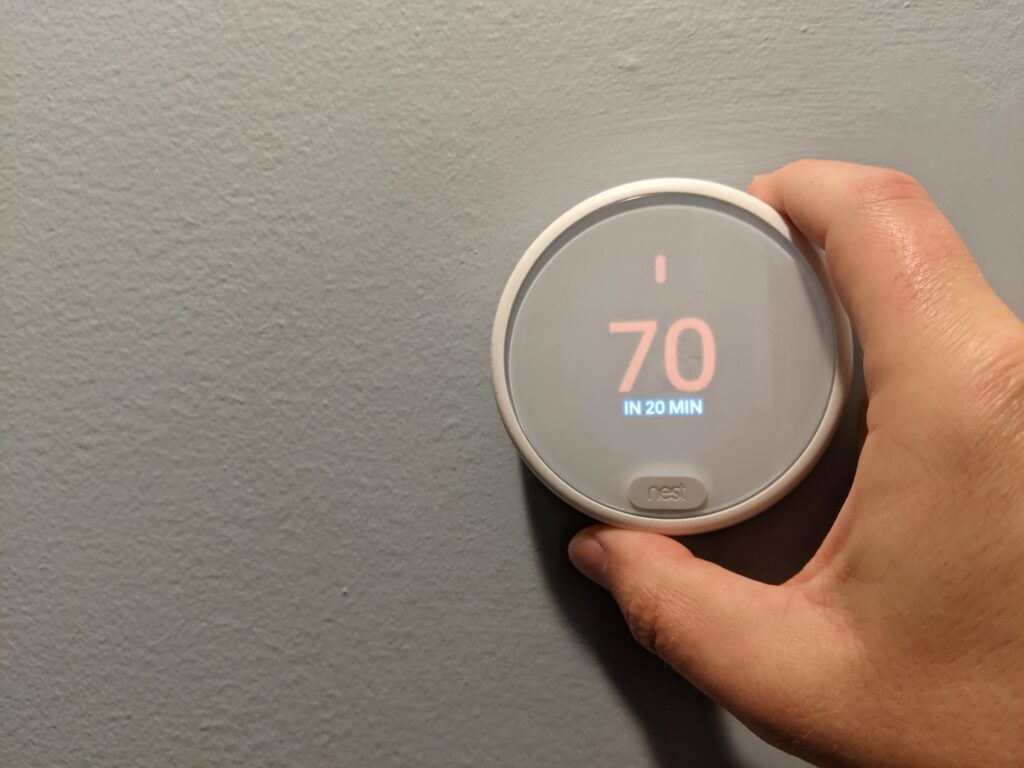
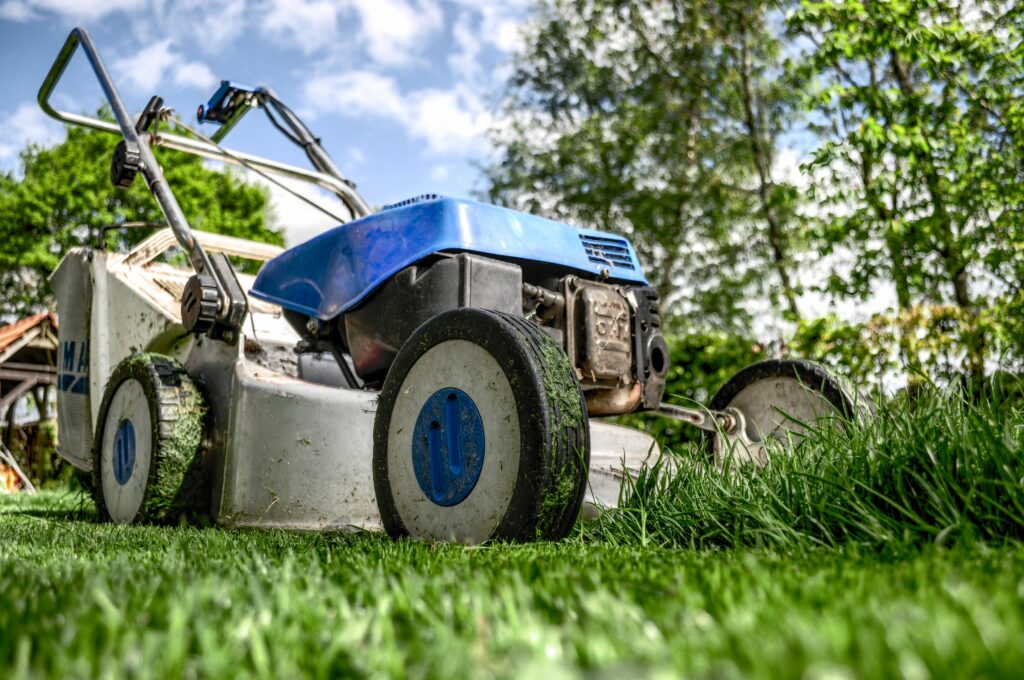
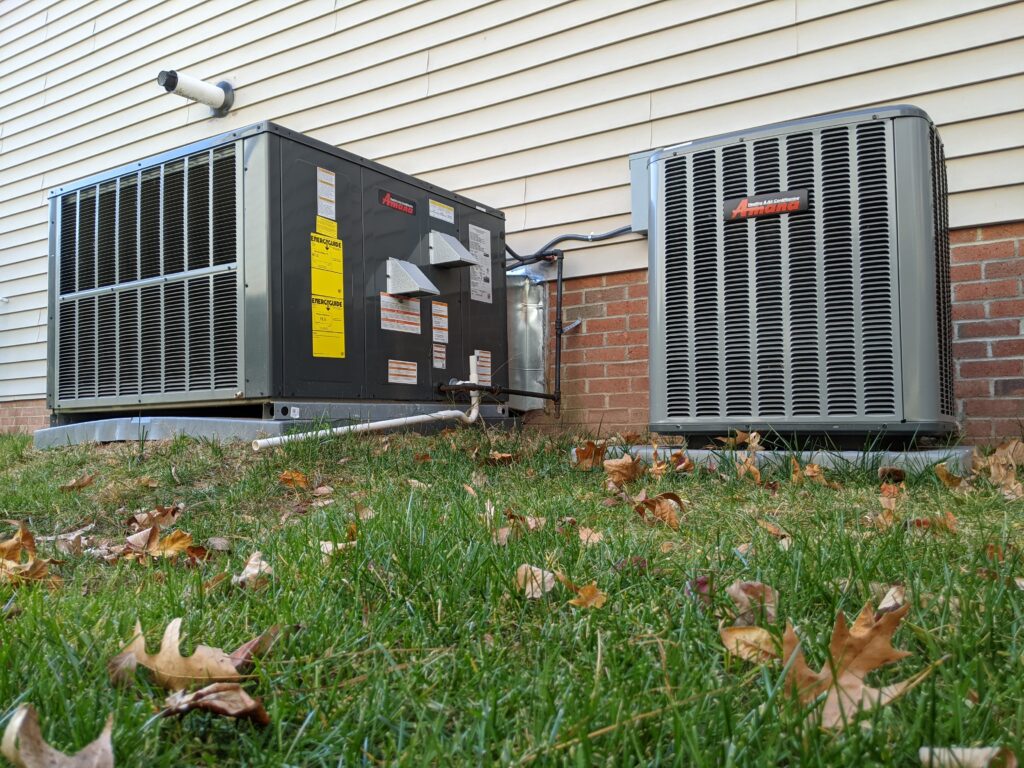
Leave a Reply